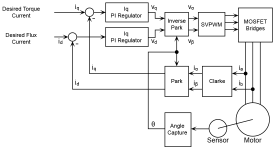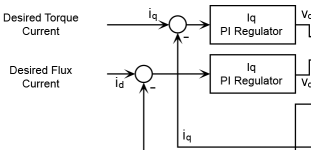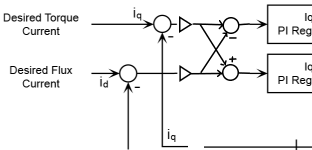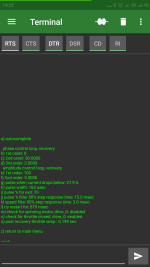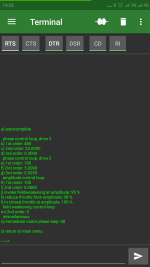To explain the 45 degree thing further, controlling real and imaginary current at the same time is basically a 2 dimensional control problem. To reach the steady state your updates need to 'walk' straight to the steady state point.
However, the information telling your in which direction to walk is the current. But your walking to the steady state is all done in voltage domain.
If frequency is low, the indicated direction (current) is the correct one, as at low freq only motor resistance plays a part. So in the voltage domain you walk straight to the correct operating point.
At high frequency (high motor erpm) the indicated direction is 90 degrees off from the direction you need to take, because of the 90 degree shift between current and voltage (as caused by motor inductance) . Instead of walking to the steady state in a direct line, you are now circling the steady state point, but never reaching it (never even get closer to it). This because you indicated direction to take is 90 degrees wrong.
So what you do is you take the direction indicated by the currents and you rotate it over a certain amount of degrees to get to the correct direction to take in the voltage domain. This rotation ideally is the phase rotation of the motor impedance. BUT if you don't know the rotation of the motor impedance, then 45 degree is always good. You may circle a little bit to get to the steady state point, but you will always get closer to it.


